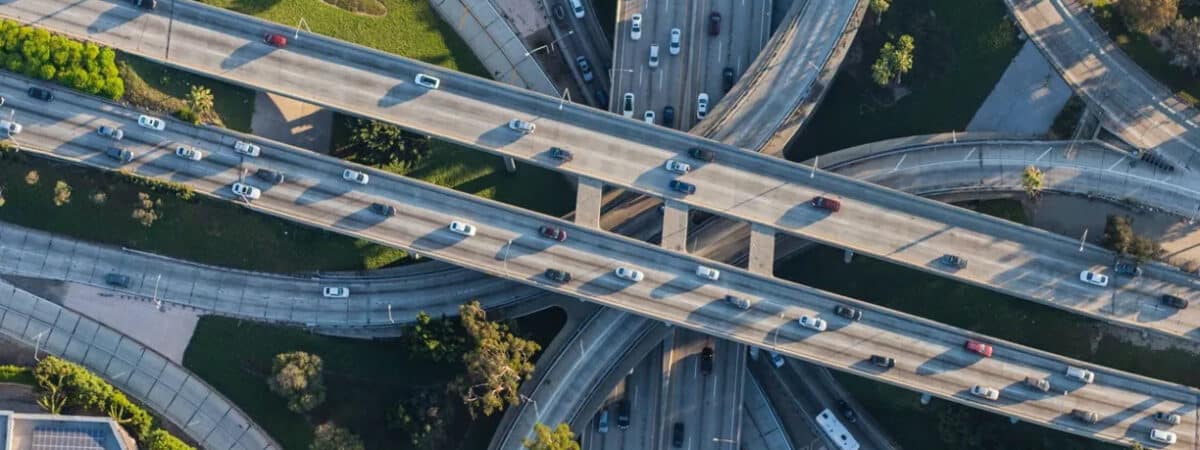The old saying “a picture is worth a thousand words” has been given new life in fleets with front- and driver-facing cameras. With little exaggeration, these pictures might be worth a million dollars or more in life-saving benefits.
Often experiencing initial driver pushback with claims of creating a “Big Brother” environment, in-cab cameras are increasingly becoming common in fleets across the country, and that pushback is dissolving as fleet drivers and technicians experience their benefits first-hand.
Measuring the Need
A crash of any sort is a lose-lose proposition for a fleet. At the very least, a vehicle is put out of commission and an experienced technician or driver is sidelined while waiting for it to be repaired. Worse, if that driver was injured, it will cost approximately $70,000 in workers’ compensation claims, about twice the amount of an in-office injury.
If another person were injured or killed in the crash, the fleet and its company could be liable for millions, possibly even resulting in a so-called “nuclear verdict” that could be catastrophic for the company in the short and long term as its brand will almost certainly be tarnished as a result.
No matter the scenario, motor vehicle crashes are a drain on the productivity and profitability for U.S. companies that operate fleets of vehicles, costing employers $72.2 billion as recently as the year 2019.
While telematics can provide deep insights into vehicle data and driver behavior, by adding a video monitoring component to your telematics capabilities you’re completing the picture by providing visibility that will help improve efficiency, safety, and protect your drivers, and company, from false claims.
The 4 Benefits of Video Telematics
In short, having eyes on your fleet drivers is a win-win proposition. Specifically, your fleet will see four primary benefits from its use in the event of a crash or other event:
- Know the whole story. The full context of harsh driving and accident events can be reconstructed, including in-cabin driver behavior, weather conditions, the positions of the vehicles involved, and other circumstances for informed decision making.
- Strengthen trust in your employees. You can confidently trust and support your employees without having to do so blindly—that is, without video evidence. You will be able to combat false liability claims with video to help establish the facts.
- Aid in keeping costs of false claims down. Video proof can also help prevent hikes in insurance premiums or damage payouts resulting from unchallenged false accident claims.
- Hold your drivers to a high standard. Though telematics and video data won’t eliminate unsafe driving behaviors on their own, they help you more effectively address those behaviors before damage is done.
By keeping your drivers accountable and backing them up, it could also help your fleet retain your best-of-the-best employees, which is critical in keeping your fleet productive and safe.
While it took more than a decade for many fleets to adopt telematics technology, in just a few years front- and driver-facing cameras are being relied on by about 35% of U.S. fleets according to data collected for the Fleet Technology Trends Report 2021.
There’s little doubt that a video telematics solution can help businesses prioritize safety and productivity and could be a benefit for your fleet operation.
reposted from Work Truck December 7 2021
Get the whole story with See The Fleet DashCams!


